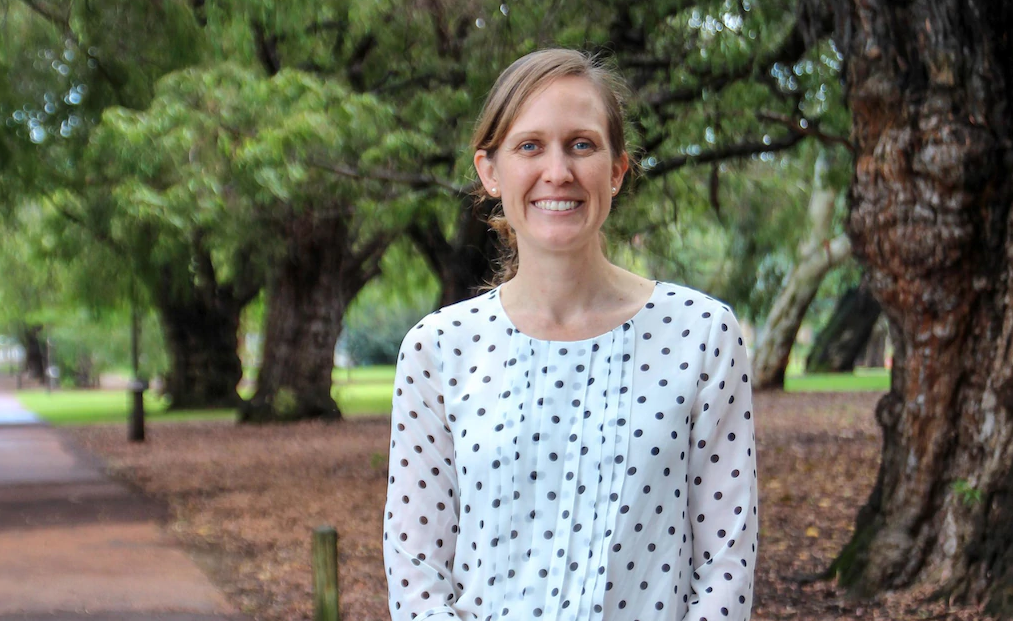Search
Research
Recombinational exchange of M-fibril and T-pilus genes generates extensive cell surface diversity in the global group A Streptococcus populationAmong genes present in all group A streptococci (GAS), those encoding M-fibril and T-pilus proteins display the highest levels of sequence diversity, giving rise to the two primary serological typing schemes historically used to define strain. A new genotyping scheme for the pilin adhesin and backbone genes is developed and, when combined with emm typing, provides an account of the global GAS strain population.
Research
Epidemiology and assessment of Hepatitis B positive children in Western AustraliaTo describe the characteristics of patients with chronic hepatitis B (CHB) presenting to a tertiary paediatric hospital in Perth, Western Australia. Review of implementation of previous follow-up recommendations for the cohort was also undertaken.
Research
The effect of family planning counselling on postpartum modern contraceptive uptake in sub-Saharan Africa: a systematic reviewFamily planning counselling at different contact points of maternal health services has been recommended for increasing the uptake of modern contraceptive methods. However, studies from sub-Saharan Africa (SSA) demonstrated inconsistent findings. The aim of this systematic review was to synthesise the available current evidence for the association between family planning counselling and postpartum modern contraceptive uptake in SSA.
Research
Association between convalescent plasma treatment and mortality in COVID-19: a collaborative systematic review and meta-analysis of randomized clinical trialsConvalescent plasma has been widely used to treat COVID-19 and is under investigation in numerous randomized clinical trials, but results are publicly available only for a small number of trials. The objective of this study was to assess the benefits of convalescent plasma treatment compared to placebo or no treatment and all-cause mortality in patients with COVID-19.
Research
Consensus guidelines for the diagnosis and management of invasive candidiasis in haematology, oncology and intensive care settings, 2021Patients with haematological malignancies, haemopoietic stem cell transplant recipients and patients requiring admission to intensive care settings are at high risk for invasive candidiasis (IC). Over the past decade, there has been increased reporting of non-albicans species and fluconazole resistance in Australia. These guidelines provide updated evidence-based recommendations for the diagnosis and management of IC in adult and paediatric haematology, oncology and intensive care settings.
Research
Ancestral SARS-CoV-2, but not Omicron, replicates less efficiently in primary pediatric nasal epithelial cellsChildren typically experience more mild symptoms of Coronavirus Disease 2019 (COVID-19) when compared to adults. There is a strong body of evidence that children are also less susceptible to Severe Acute Respiratory Syndrome Coronavirus 2 (SARS-CoV-2) infection with the ancestral viral isolate.
Research
4CMenB vaccine and its role in preventing transmission and inducing herd immunityVaccination is the most effective method of protecting people from invasive meningococcal disease (IMD). Of all the capsular groups, B is the most common cause of invasive meningococcal disease in many parts of the world. Despite this, adolescent meningococcal B vaccine programs have not been implemented globally, partly due to the lack of evidence for herd immunity afforded by meningococcal B vaccines.

News & Events
WA Health funding supports development of rapid test for antibiotic-resistant skin infections in Aboriginal childrenA rapid test to detect antibiotic-resistant skin infections in Aboriginal children could be a step closer, thanks to support from the FHRIF.

News & Events
World-first trial to seek child-specific treatments for dangerous bloodstream infectionsThe Kids Research Institute Australia, Perth Children’s Hospital (PCH) and the Peter Doherty Institute for Infection and Immunity (Doherty Institute) will spearhead the paediatric arm of a world-first global platform trial designed to uncover treatments for Staphylococcus aureus bloodstream infection.

News & Events
Early ear infections linked to higher risk of future problems: studyResearchers have found kids who experience repeat ear infections in infancy have a much higher risk of ongoing problems with ear infections in later childhood
